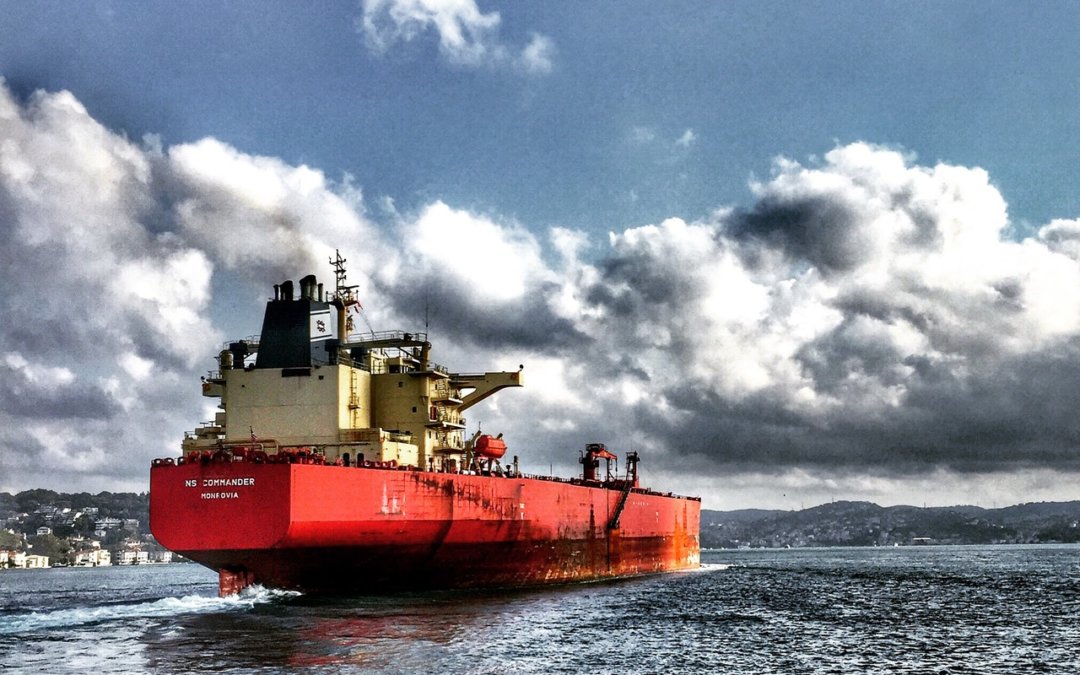The world runs on oil. Yet, many people are only vaguely familiar with how and where the oil that powers their cars, homes, and lives is acquired. This increasingly becomes a concern as the world relies more heavily on oil. The following oil offshore drilling fields are the largest in the world based on their remaining oil reserves.
Marjan Complex
The Marjan Complex is located off the eastern coast of Saudi Arabia and consists of four fields: Marjan, Maharah, Lawhah, and Hamur. Field operator Saudi Aramco is the world leader thanks to the Marjan Complex.
The reserves equate to 17.2 billion barrels of oil equivalent, or BBOe, the majority of which is in liquid form. Just 9,747.96 billion cubic feet of oil are in the form of natural gas.
Safaniya
Only slightly smaller is Safaniya, situated in the Persian Gulf, 200 kilometers north of Dhahran, and also operated by Saudi Aramco. Safaniya was first discovered in 1951 with production beginning six years later.
This oil field currently has reserves 17.1 BBOe. However, more resources are considered recoverable than the Marjan Complex. With 54 percent of the field’s resources already recovered, the life of the Safaniya is just over halfway complete.
North Field Expansion
Off of the coast of Qatar is the North Field Expansion, but it is not yet in operation. The North Field Expansion is anticipated to be online by 2023 and to remain in service for just under 60 years.
This oil field will have 11.5 BBOe, and only 2 million barrels of that are in liquid reserves with the rest in the form of natural gas.
Upper Zakum
Upper Zakum field can be found 84 kilometers northwest of Abu Dhabi and is owned, in part, by Abu Dhabi’s National Oil Company, which operates the oil field. ExxonMobil and Japan Oil Development Company complete the partnership to form the Zakum Development Company.
Upper Zakum lags behind only Safaniya in recoverable resources, even though it has total reserves of 11 BBOe after recovery of 33.4 percent of the original 16 BBOe. Upper Zakum produces approximately 728,000 barrels of crude each day. However, production is expected to increase to 750,000 barrels of crude oil daily within the next four years.
